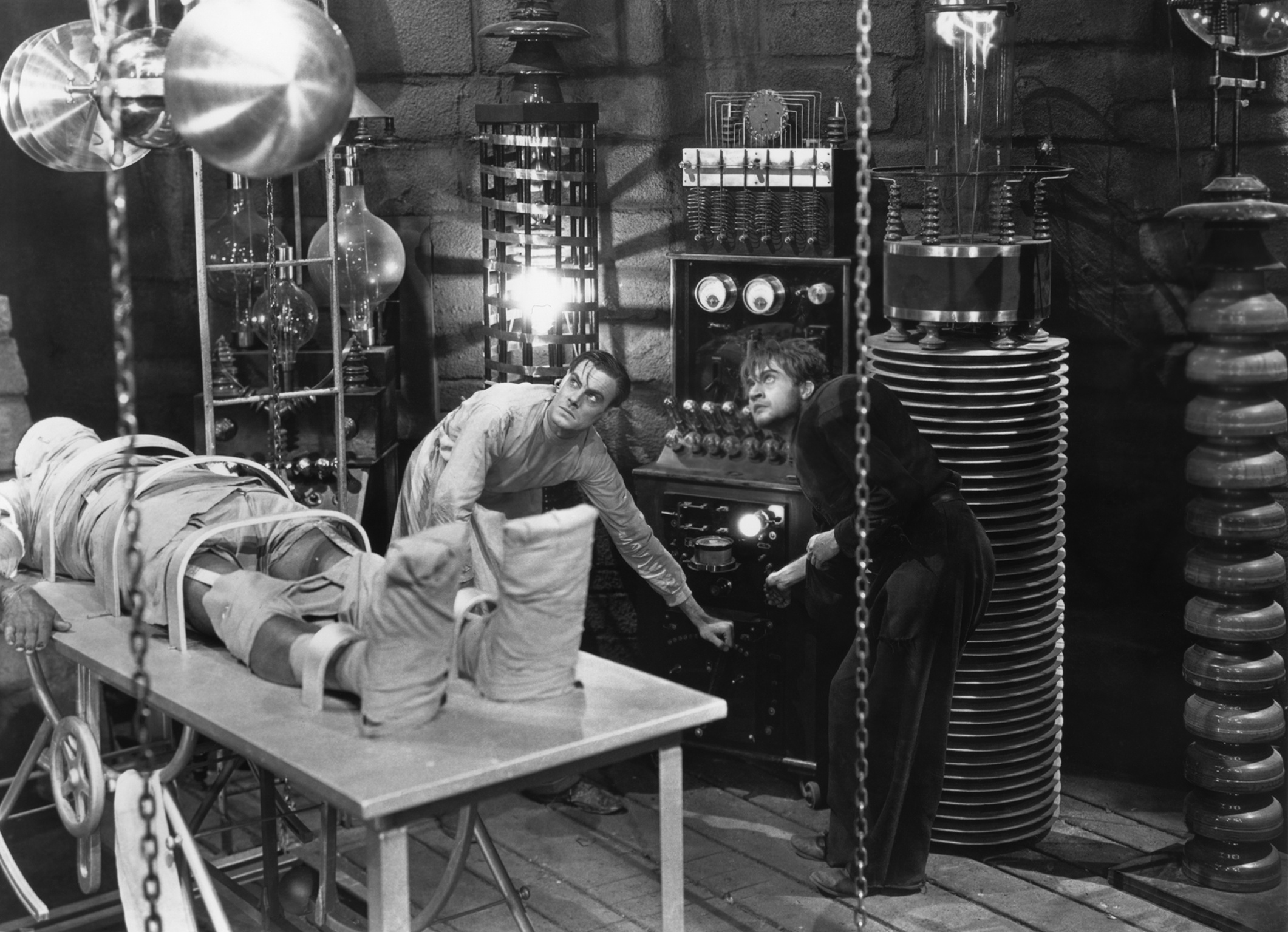In 2001 there were 1,198 pharmaceutical organizations with a total of 5,995 drugs in the pipeline; as of January 2017, Pharmaprojects reports those numbers rose to 4,003 pharmaceutical companies with nearly 15,000 drugs in the pipeline.

Sponsors and trials are abundant, and as the FDA ushered in a new commissioner, the pace of drug approvals seemed to improve last year. Despite this significant growth in sponsors and trials, only 1 in 5 drugs actually make it to market. In the U.S. alone, it takes an average of 12 years and $2.6 billion dollars for an experimental drug to travel from the lab to a medicine cabinet. With millions of people waiting in the balance for life-changing therapies, the clinical research community is always looking for ways to speed the clinical development process, while maintaining safety and compliance.
Technology inherently aims to streamline processes, eliminate manual effort and create efficiencies, but is technology still doing this for clinical research?
The 1990s were a time of great technological advancements in the Life Sciences industry, but those advancements have also led to the current challenges we’re seeing in the eClinical space today.
We saw the emergence of Electronic Data Capture (EDC) software which captures and stores critically important data from patient information to case reports electronically, enabling data managers to eliminate time-consuming, manual entry of patient data from paper-based forms. Then in the mid-90s the first Randomization and Supplies Management (RTSM) systems emerged to help biostatisticians and clinical supplies managers replace binders, sealed envelopes and phone calls for trial randomization and supplies management. As promised, RTSM systems reduced the amount of paperwork and eliminated double data entry, thereby reducing study set-up times. During the same period, a worldwide standard for drug safety reporting was agreed upon and we saw the emergence of pharmacovigilance and drug safety reporting software to track adverse events and report to the FDA and other global regulatory bodies.
The technological innovations of the 90s through today have certainly introduced process efficiency to support advances in clinical research, but the way in which this innovation came about—as independent point solutions in piecemeal fashion—has created a Frankenstein of overlapping, siloed systems that has introduced a whole new set of problems. Each system requires many of the same pieces of information, effectively requiring study teams to re-enter the same information multiple times. Not only is this redundant and inefficient, it also introduces risk related to manual data entry, data accuracy and data consistency.
Clinical R&D in most pharmaceutical companies or contract research organizations (CROs) consists of data managers utilizing their EDC system to capture valuable patient data, while biostatisticians and supplies managers down the hall are utilizing their RTSM system to set up a new study and prepare for the management of supplies. Meanwhile, team members on another floor gather clinical trial adverse events data in another system for drug safety and pharmacovigilence (PV) reporting. Aren’t they on the same team? Don’t they work for the same organization? Isn’t this data for a single trial? Well yes, but inadvertently, the siloed systems have each of these functional roles collecting, re-entering and ploughing through the same information in several different places, creating duplicative work and redundant data that is not shared across teams. This Frankenstein effect has actually increased clinical study startup and execution times, so while the point solutions are saving time for individual parts of the process, the overall impact is slowing down the trial.
It’s time to dismantle the eClinical Frankenstein and reimagine clinical trial management with single, unified, cloud-based environment that supports the entire clinical development lifecycle from bench to bedside. Only by removing the blinders created by the current environment of independent point solutions can we see the possibilities. The eClinical platforms of the future must be built with the big picture in mind—considering all the requirements of the people and processes from start-up and conduct, to close-out and post-marketing—in order to make a significant positive impact on clinical trial efficiency. To do this, these platforms will need to offer common features and functions that support multiple processes, and allow for shared datasets, so that data only has to be entered once, not multiple times for every part of the process. Imagine a study in which patient data capture and management, study design, site management, screening, inclusion/exclusion criteria, protocol deviation, adverse event reporting management and more could be shared across all functional areas and teams involved in a study. Only when we start to think about eClinical technology in this way, can we truly see the potential for clinical trials tomorrow. If done right—with a blueprint for the big picture—new eClinical platforms will reduce the redundancy, streamline effort, reducing study start-up processes from weeks to days, or event to hours. This will restore the promise of technology to speed clinical trials—not slow them—which will help get new therapies to market faster for patients in need, which is ultimately, what we are all here to do.
